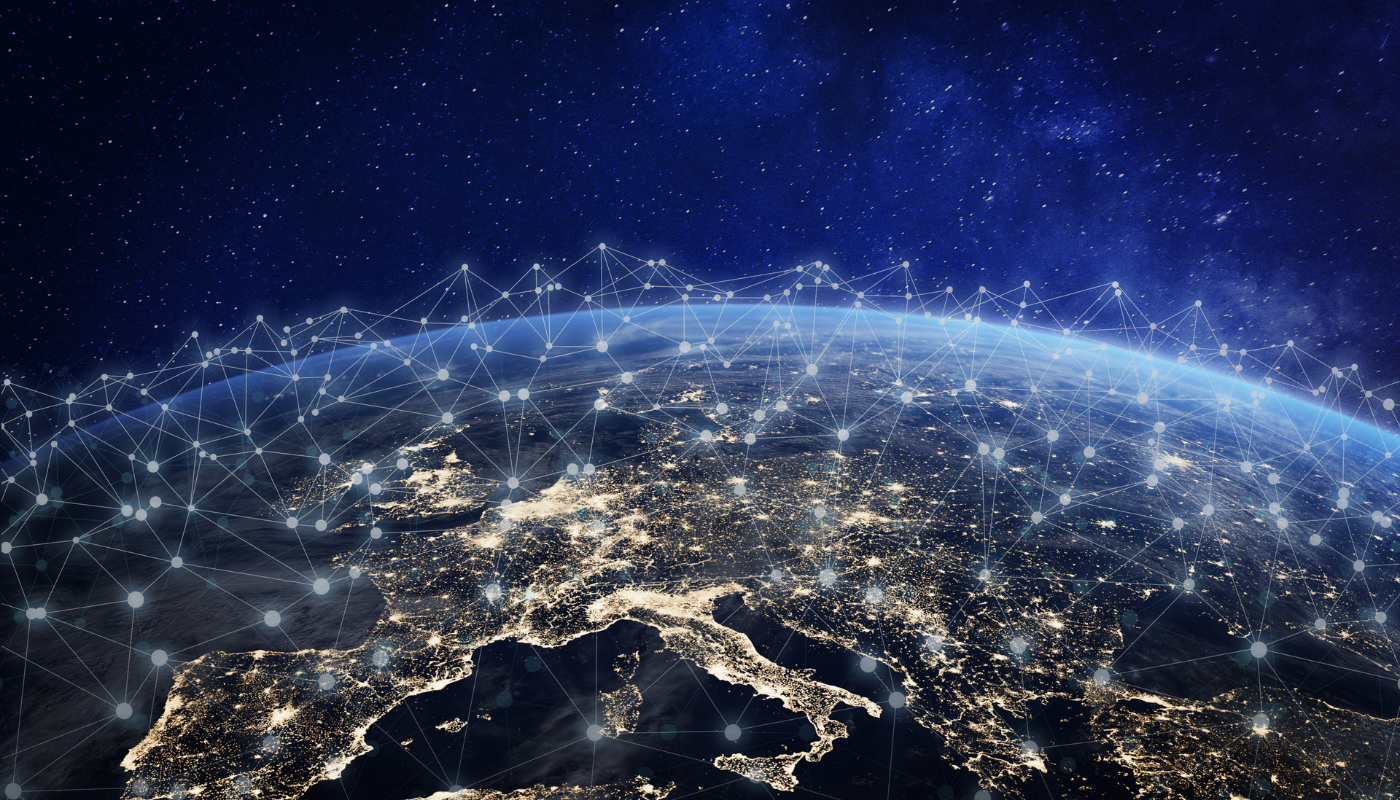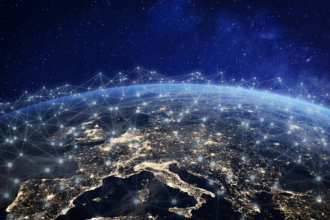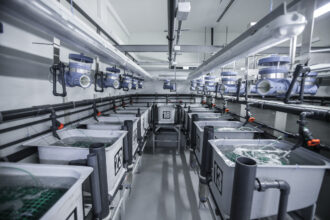B2E Technological Sonar Initiative #20
Discover the latest technological advancements! In this edition, we highlight an innovative project that introduces an external parasite monitoring system for fish, using a submerged camera and powerful image processing. Insect meal is becoming an increasingly promising option, as evidenced by the partnership between the multinational company BioMar and a French biotechnology firm.
In June, embark on a journey through agriculture, where fish, vegetables, insects, algae, and mushrooms are cultivated synergistically, creating a harmonious cycle of resources. Take advantage of innovations in marine biotechnology, from the cultivation of germ stem cells in fish to food compositions enriched with thermally treated algae.
Moreover, don’t miss the opportunity to learn about Europe’s first aquaponics farm, where treated wastewater is used in the cultivation of fish and vegetables, exemplifying the concept of circular economy.
These projects and discoveries are shaping the future of the blue bioeconomy!
AQUACULTURE
System for external fish parasite monitoring in aquaculture
This innovative project consists of the creation of an external parasite monitoring system for aquaculture fish, which includes a camera suitable to be submerged in a marine net. The camera is positioned to capture images of the fish. In addition, the invention includes an electronic image processing system configured to identify external parasites on the fish by analyzing the captured images. This system is characterized by the inclusion of an external fish parasite detector, using a neural network trained to detect them accurately.
Espacenet
Discover more here.
BioMar signs deal with French biotech company to produce novel insect aquafeed
After years of R&D, insect meal is now seen as a promising new feed ingredient in the aquaculture industry. Identifying the suitability of black soldier flies as a novel feed ingredient, innovative aquafeed company, BioMar, has joined forces with Agronutris – a French biotech company specialising in black soldier flies – to produce the next generation sustainable insect meal designed for aquaculture.
TheFishSite
Discover more here.
Integrating RAS into a holistic indoor farming system
Organic Garden aims to set up a network of land-based farms that synergistically and sustainably produce fish, vegetables, insects, algae and mushrooms, which are then sold directly to canteens across Germany. All modules from the Organic Garden farm – the fish module, the greenhouse for vegetables, the insect module, the algae module and the mushroom module – will be planned and built to function independently from one another. At the same time, they will be connected to each other, which allows for and creates the synergetic cycle of the Organic Garden Farm. Several materials and substances will be reused, for example: the water from the fish module will fertilise the greenhouses and the organic residuals from the mushroom farm will be reused for the insect module. These synergies reduce the overall OPEX by approximately 10 percent.
TheFishSite
Discover more here.
LIVING MARINE RESOURCES
Food composition comprising heat treated algae
The present invention relates generally to the field of food compositions comprising algae. In particular, the present invention relates to a food composition comprising algae which are heat treated to reduce unwanted off-flavors. The algae may be algae from the Chlorella genus. For example, the algae may be Chlorella vulgaris.
Espacenet
Discover more here.
Europe’s first aquaponic farm with wastewater to raise fish and vegetables is born
The first aquaponic farm in Europe is being born in Italy, where treated wastewater will be used to raise fish and vegetables, implementing the concept of circular economy. The research is led by an European consortium of 20 partners from eight countries, including two Portuguese higher education institutions. The goal of AWARE (Aquaponics from WAstewater REclamation) is to create the first farm in Europe that uses wastewater in an aquaponic system, i.e. one that combines aquaculture with hydroponics.
Agricultura e Mar
Discover more here.
MARINE BIOTECHNOLOGY
Culture method of fish germ stem cells
The present invention provides a culture method of fish germ stem cells, comprising culturing, on a surface coated with vitronectin, fish germ stem cells in a culture medium including the eight components below: (1) insulin, (2) selenium, (3) transferrin, (4) L-ascorbic acid, (5) FGF2, (6) TGFβ, (7) NaHCO3 or KHCO3, and (8) L-glutamine.
Espacenet
Discover more here.
Novel anhydrous compositions comprised of marine oils
The present disclosure describes a novel anhydrous topical pharmaceutical composition comprised of marine oil, such as fish oil or algae oil; vegetable oil having a an omega3 fat content greater than 9 wt %, such as hempseed oil, canola oil, flax seed oil, or cannabidiol; monolaurin, cetyl esters or wax; and medium chain triglycerides (“MCT”), and optionally fish collagen. The composition is useful for treating wounds, burns and skin conditions.
Espacenet
Discover more here.





